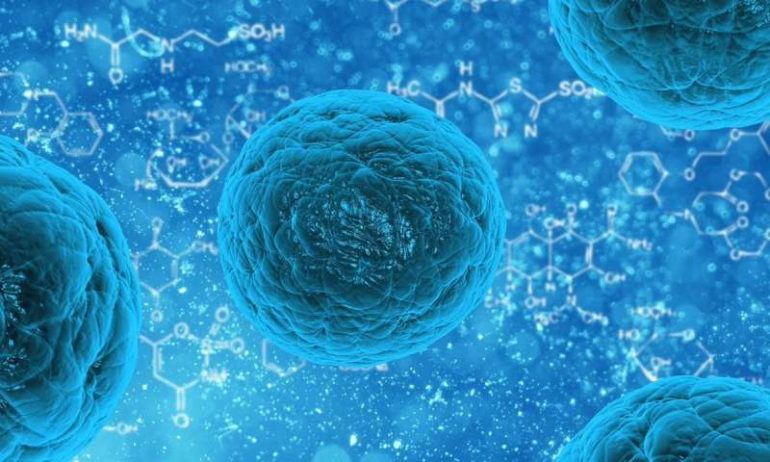DNA usually forms the classic double helix shape discovered in 1953—two strands wound around each other. Several other structures have been formed in test tubes, but this does not necessarily mean they form within living cells.
Quadruple helix structures, called DNA G-quadruplexes (G4s), have previously been detected in cells. However, the technique used required either killing the cells or using high concentrations of chemical probes to visualise G4 formation, so their actual presence within living cells under normal conditions has not been tracked, until now.
A research team from the University of Cambridge, Imperial College London and Leeds University have invented a fluorescent marker that is able to attach to G4s in living human cells, allowing them to see for the first time how the structure forms and what role it plays in cells.
The study is published today in Nature Chemistry.
Rethinking the biology of DNA
One of the lead researchers Dr. Marco Di Antonio, who began the work at the University of Cambridge in the laboratory of Professor Sir Shankar Balasubramanian and now leads a research team in the Department of Chemistry at Imperial, said: “For the first time, we have been able to prove the quadruple helix DNA exists in our cells as a stable structure created by normal cellular processes. This forces us to rethink the biology of DNA. It is a new area of fundamental biology, and could open up new avenues in diagnosis and therapy of diseases like cancer.
“Now we can track G4s in real time in cells we can…



